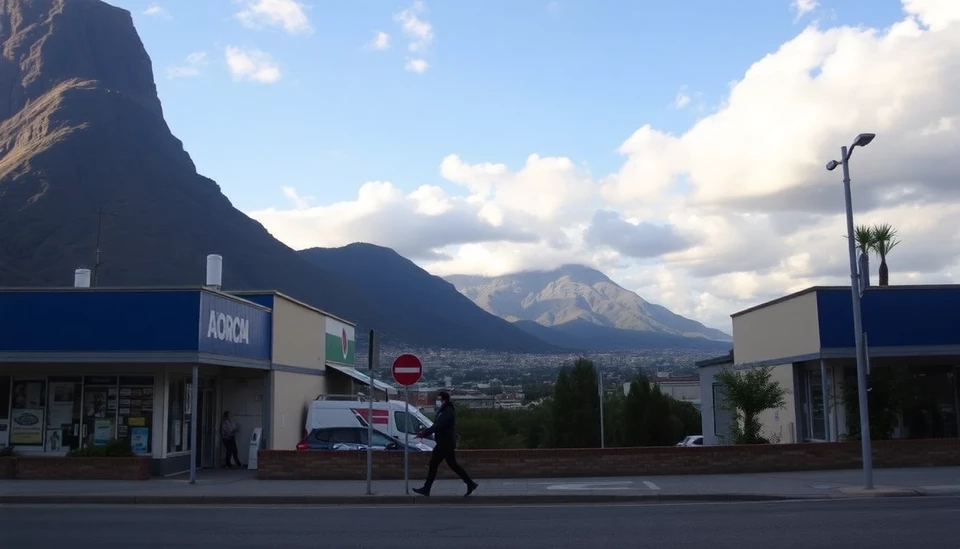
In a significant development regarding South Africa's economic strategies, Reserve Bank Governor Lesetja Kganyago has voiced his conviction that the nation's inflation target should be revisited and potentially set at a lower threshold than the current level of 3% to 6%. This proposal has sparked considerable dialogue among economists and policymakers, hinting at possible shifts in monetary policy that could impact the South African economy in the near future.
Kgynyago articulated his views during a recent conference, where he emphasized the necessity for the South African Reserve Bank (SARB) to align its inflation targets with the unique economic circumstances faced by the country. He pointed to the challenges posed by external economic pressures such as global supply chain disruptions, fluctuating commodity prices, and the impact of climate change on agricultural output. These factors have led to rising costs that have burdened consumers and strained consumers' purchasing power, prompting a reevaluation of monetary policy parameters.
The current inflation target, set at 3% to 6%, has been in place for several years, with the aim of ensuring price stability and fostering economic growth. However, Kganyago's remarks suggest that maintaining this target might be unrealistic given the current inflationary pressures exacerbated by global economic conditions. He believes a more flexible target could allow for greater responsiveness to economic shocks and help cushion South Africans from the ongoing financial strains.
Furthermore, Kganyago argued that a new target would reflect the evolving realities of the South African economy, advocating for a potential shift that could enhance the efficacy of the SARB's monetary policy. His call for a rethink of this critical guideline aligns with discussions happening globally about the need for central banks to adapt their approaches to current economic challenges.
This view is shared by several analysts and economists, who also underscore the importance of re-evaluating inflation targets and their implications for broader economic stability. Some have suggested a target range that reflects a slightly higher inflation rate, taking into consideration the current socio-economic conditions faced by many South Africans. This would ideally balance the need for inflation control with the realities of living costs that have soared in recent months.
The dialogue around potential changes to South Africa's inflation target is particularly timely, as the SARB prepares for its upcoming Monetary Policy Committee (MPC) meeting. As inflationary pressures continue to mount—resulting from both domestic and international factors—the decisions made at this meeting could have profound implications for the South African economy and its future development.
In conclusion, Kganyago’s proposal for a lowered inflation target has reignited discussions about the appropriate monetary policy framework for South Africa amidst evolving global economic conditions. As policymakers and economists weigh the merits of this suggestion, the focus remains on ensuring economic stability and fostering growth for the country’s population.
For those following economic trends in South Africa, this development could signal shifts in financial policy that warrant close attention.
#SouthAfrica #InflationTarget #EconomicPolicy #LesetjaKganyago #MonetaryPolicy #SARB #Economy #Inflation
Author: Laura Mitchell




